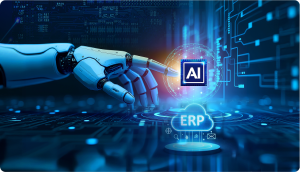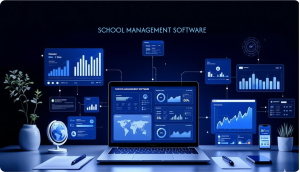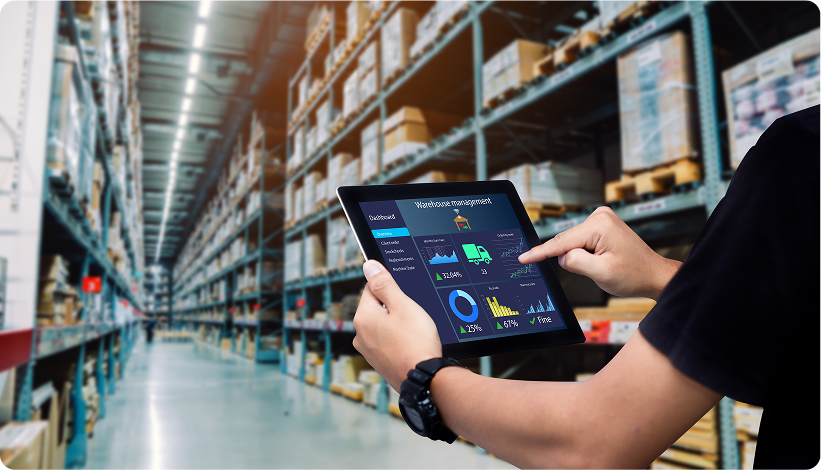
Introduction: The Hidden Cost of Inventory Inefficiency
Inventory issues may seem like a backroom problem, but they ripple out to affect every part of the retail business, from customer satisfaction to financial health. Think of it like this: walk into your favorite store, and the item you want is out of stock. Disappointed, you leave and maybe never come back. That’s a lost sale. Now imagine the store had too much of an item that didn’t sell. That’s money sitting on the shelf, gathering dust.
Overstocking ties up capital, clutters the supply chain, and leads to unnecessary waste, especially with perishable goods. On the flip side, understocking frustrates customers and results in missed revenue. Both situations hurt profitability.
That’s where AI comes in. Instead of relying on gut feelings or old spreadsheets, AI helps retailers stay balanced by predicting demand, automating stock decisions, and reducing costly guesswork. In simple terms, AI helps you stock the right items, at the right time, in the right place.
Why Inventory Problems Persist in Retail
Despite all the tech tools available, many retailers still struggle with inventory issues. Why?
- Manual forecasting methods: Many businesses still rely on spreadsheets or experience-based estimations, which don’t adjust fast enough to changes.
- No real-time visibility: It’s hard to know what’s selling right now, especially across multiple stores or platforms.
- Stock imbalance across locations: One store may have too much, another too little, and there’s no easy way to fix it.
- Reactive inventory tools: Traditional systems tell you what’s wrong after it happens. They don’t warn you before the damage is done.
This outdated, slow-moving system means retailers often react too late, after a product is out of stock, after customers walk out, or after goods expire in storage.
What Retailers Miss That Leads to Inventory Losses
Retailers often don’t realize how disconnected their systems are until it’s too late.
- Disjointed systems: Sales, inventory, and supplier data often live in different silos, making coordination difficult./li>
- No online-offline integration: A product might be in stock in-store but not reflected online, or vice versa, leading to confusion and lost sales.
- Ignoring external factors: Things like weather, holidays, or local events affect demand but aren’t considered in traditional inventory planning.
- No SKU-level intelligence: Without knowing which products are slow movers or surprise hits in real time, it’s impossible to adjust quickly.
These blind spots make it hard to act before problems happen, leading to spoilage, missed trends, and poor customer experience.
How AI Optimizes Inventory in Real Time
Today’s AI tools do more than just count what’s in stock, they learn from data, predict what will be needed, and give smart suggestions.
Demand Forecasting with Machine Learning
AI studies past sales, seasons, events, weather, and other factors to guess what products people will buy, when they’ll buy them, and where they’ll buy them. It can make predictions not just for the whole store, but for each product and even each location.
For example, if rain is expected next weekend, AI might predict more people will buy umbrellas in that area and tell the store to get more in stock ahead of time.
Dynamic Stock Replenishment
Instead of waiting until an item is almost sold out, AI can tell when it’s about to run low and suggest how much to order. It also looks at how long deliveries usually take and what past sales looked like to make smart decisions.
This helps avoid two big problems: having too much stock or running out completely. It also makes the restocking process faster and easier, no need to guess anymore.
Inventory Health Monitoring
AI keeps an eye on how well each product is doing. If something isn’t selling well or is about to expire, it can alert the team to put it on sale or run a promotion. This is especially helpful for fresh food and drinks so they don’t go to waste.

How Customer Behavior Helps Stores Make Smarter Inventory Choices
Good inventory isn’t just about storing products. It’s about knowing what your customers like and keeping those items ready.
AI helps by using customer data to make smart stocking choices. It looks at:
- What people buy
- How often they visit
- When they stop buying something they usually get
This way, stores can stock what customers really want—so popular items don’t run out, and nothing sits on the shelf too long.
Personal Touch: Stock What Customers Love
AI looks at what people buy, when they buy it, and what items they often purchase together.
For example, if many customers love buying pasta and sauce together on Friday evenings, AI makes sure those items are ready on the shelves before the weekend rush.
Think of it like this: You stock your home fridge based on what your family enjoys the most, AI helps stores do the same!

Spotting When Customers Stop Showing Up
AI can notice when loyal customers stop visiting or stop buying their usual items.
This drop-in activity could be a warning sign, maybe they found a better deal elsewhere, or something’s changed with the product. The system catches this early and suggests what the store can do, like offer a discount or bring the item back in stock.
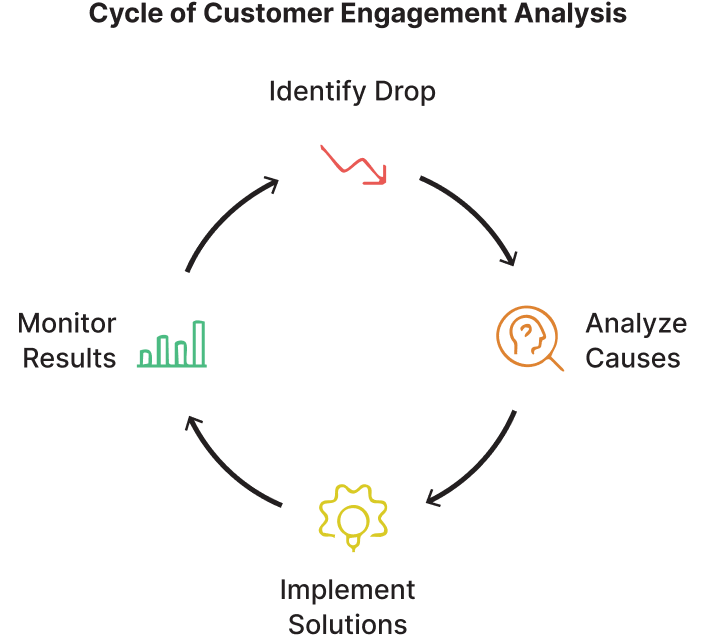
Smart Promotions That Actually Work
Instead of offering discounts on random items, AI helps plan promotions based on what people are likely to buy.
For example, if data shows that donut sales go up with iced coffee on weekends, the store can create a combo offer. This helps clear stock faster and gives customers more value
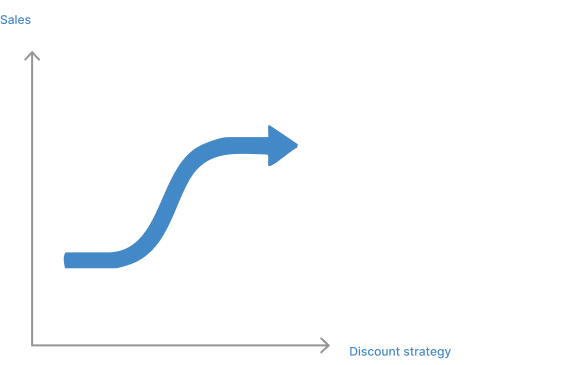
In Short: AI Helps Inventory Work for the Customer
By understanding customer behavior, AI turns inventory from a guessing game into a smart, customer-focused strategy. It’s not just about keeping shelves full, it’s about keeping customers happy and coming back.
Data Sources That Power AI Inventory Optimization
AI becomes smarter by using the right data. The more accurate and connected the data is, the better decisions it can make. Here’s where AI gets its information from:
- Sales data: What’s selling right now across different stores and online
- Supplier data: How long deliveries usually take, and if there were any delays
- Customer behavior: What people like to buy, how often they shop, and what they look at online
- Stock levels: What’s available in the warehouse and in stores
- Outside factors: Things like holidays, local events, weather, or traffic
AI brings all this together to make fast, smart decisions, much quicker than a human could.
Why Using AI for Inventory Is Good for Business
Using AI in inventory doesn’t just fix problems, it also brings many benefits:
- Less waste: Especially helpful for fresh food or items that expire quickly.
- Lower storage costs: No need to keep extra stock or pay for too much warehouse space.
- More sales: Popular products are always available when customers want them.
- Better planning with suppliers: AI helps place orders at the right time based on real needs.
- Happier customers: Items are in stock more often, so people keep coming back.
- Smarter shelf use: Products are placed where they sell best, not just randomly.
Over time, this smart system also helps your business handle surprises, like supply chain delays or sudden changes in demand.
Real-World Use Cases
Let’s look at how different retail segments benefit from AI-driven inventory:
Food & Beverage Retail – Freshness is everything. AI adjusts daily stock levels of milk, fruits, or meat based on sales velocity, weather (hotter days mean more cold drinks!), and customer patterns. Less spoilage, more profit.
Fashion Retail – Seasonal trends are tricky. AI predicts when summer dresses will peak or which color is trending based on past years, influencer trends, and even weather. This ensures hot items are in stock before they go viral.
Grocery Chains – From fast-moving essentials like eggs and detergent to niche international products, AI helps strike a balance. It even alerts when a product isn’t selling and suggests promotions or alternative placements.
Cafés or Bars – AI ensures that customer favorites, like a signature cocktail or bestselling pastry, are never out of stock. It also factors in busy periods, holidays, or even local events to tweak stock levels daily.
Conclusion: Let AI Take the Guesswork Out of Inventory
Inventory isn’t just about what’s in the backroom, it’s about business agility, customer experience, and financial flow.
By embracing AI, retailers gain more than a forecasting tool, they get a real-time decision engine that keeps them agile, lean, and ahead of customer expectations. Whether you run a chain of grocery stores or a small boutique, AI-powered inventory solutions take the pressure off, reduce waste, and help you focus on what matters most: serving your customers better.
In today’s fast-paced retail world, the smartest retailers aren’t waiting to react, they’re using AI to stay one step ahead.
